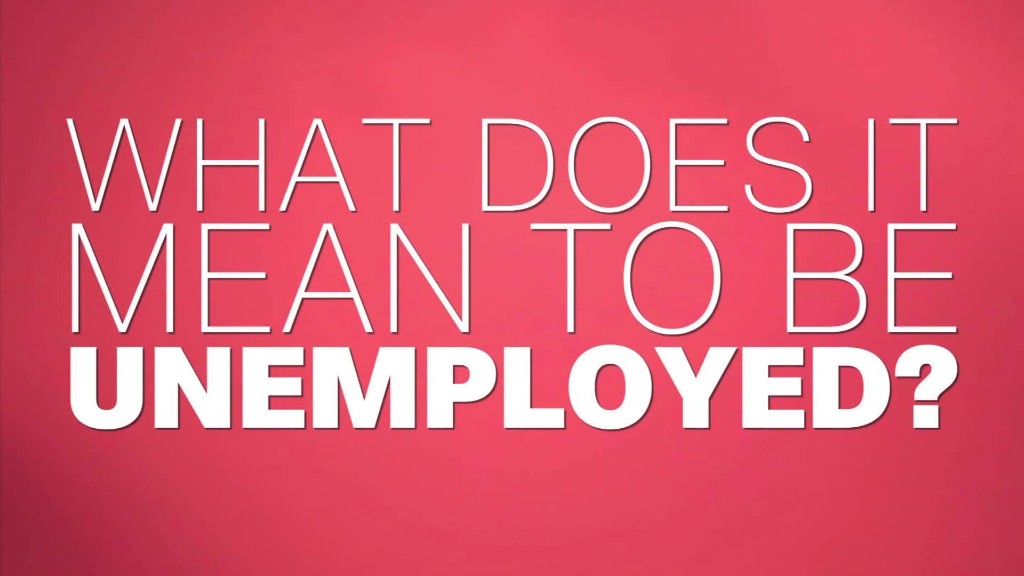
Donald Trump and his economic team say the "overall unemployment rate" in America is really high at 9.7%. Sad!
But the U.S. government reported on Friday that the unemployment rate was 5% in September. Trump's team likes to use both.
"The unemployment rate went up to 5%...The overall unemployment rate is stuck at 9.7%," Trump's senior economic adviser, David Malpass, said in a statement.
Here's the difference between those two numbers.
Malpass is referring to a much broader measure of unemployment that counts some people who actually have jobs. It's called the "U6 rate."
For instance, U6 includes part-time workers who want full-time jobs. It also counts unemployed people who looked for a job in the past four weeks, as well as unemployed people who have looked for a job in the past year.
The 5% rate -- known as U3 -- includes only unemployed people who were actively looking for a job in the past four weeks.
Most economists believe U3 is a more accurate reflection of unemployment. It's been the accepted measure since the 1930s.
A U.S. Labor Department official said it has never referred to U6 as the "overall unemployment rate."
Related: U.S. economy adds 156,000 jobs in September
Douglas Holtz-Eakin, former director for the Congressional Budget Office, says Malpass is wrong to call U6 "total unemployment."
Jim O'Sullivan agrees with that. As chief U.S. economist at High Frequency Economics, he says it would be more appropriate to call U6 the "underemployment rate."
Economist Paul Ashworth has no problem with Malpass' word choice. But he says a 9.7% U6 rate isn't that bad.
"What it shows is that the labor market is relatively healthy," says Ashworth, chief U.S. economist at Capital Economics, a research firm.
Related: U.S. economy gains 15 million jobs since 2010
The U6 rate peaked at 17% in 2010. The problem, Malpass notes, is that it has mostly been flat this year.
Malpass' comment does hit on a weak spot in the economy: part-time workers. 5.9 million Americans are working part-time jobs and want full-time positions.
Prior to the start of the recession in 2007, that figure was closer to 4.2 million workers.
While part-time work has come down, it's still historically high.
Some experts, such as UCLA's Chris Tilly, call this part-time work "hidden unemployment" because those unworked hours employees want are essentially spent unemployed.
Still, others believe Malpass is stretching words when he talks about the country's unemployment rate.
Of course, 9.7% is a lot better than some of the numbers Trump has cited in the past. In February, he said he had "heard" unemployment was as high as 42%.
Trump also said in August that there are 93 million Americans "out of work." But this number would include high school students, college students, disabled people and retired citizens. Those are people who aren't working for good or understandable reasons.
The 5% unemployment rate only refers to people who are part of the labor force.



